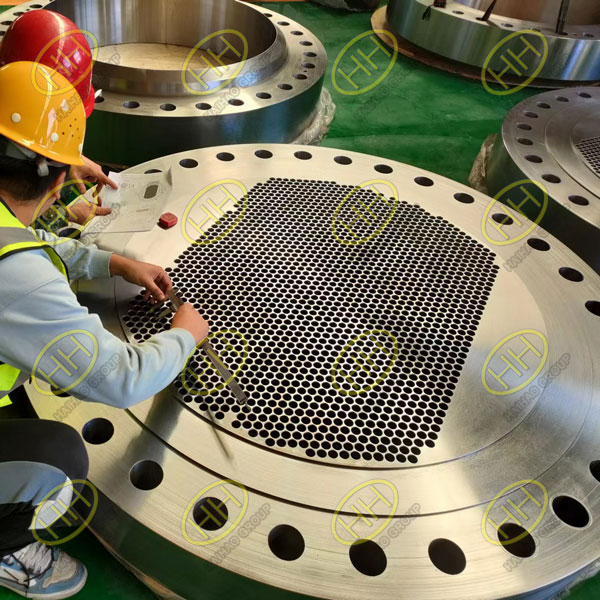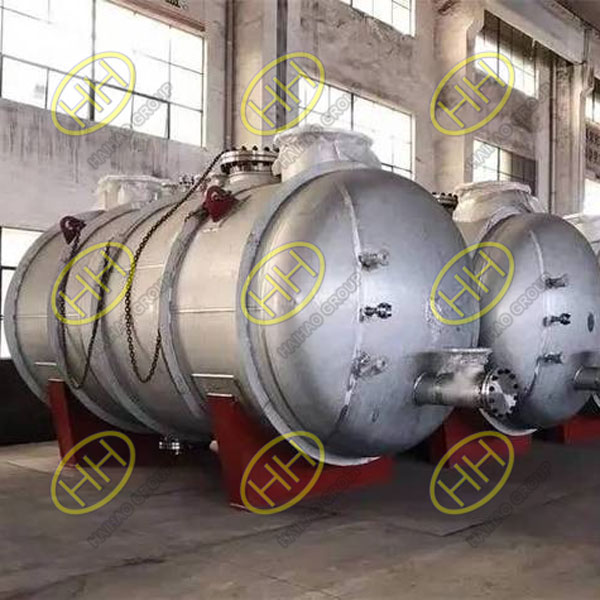Introduction to boilers and pressure vessels
What are Boilers and Pressure Vessels?
Boilers are closed vessels designed to heat water or produce steam under pressure for industrial applications such as power generation, chemical production, and ship propulsion.
Pressure Vessels are containers designed to hold gases or liquids at a pressure substantially different from ambient pressure. These are widely used in industries such as oil & gas, petrochemical, and food processing.

Boilers and Pressure Vessel
Key Differences Between Boilers and Pressure Vessels:
| Aspect | Boiler | Pressure Vessel |
|---|---|---|
| Function | Generates steam or hot water | Stores fluids/gases under pressure |
| Design Code | ASME Section I | ASME Section VIII Division 1/2/3 |
| Working Medium | Water, Steam | Gases, Liquids |
| Typical Pressure | 15-3000 psi | 15-10000 psi |
| Testing | Hydrostatic + Steam Test | Hydrostatic or Pneumatic |
Applicable International Standards
ASME Boiler and Pressure Vessel Code (BPVC):
Section I: Power Boilers
Section IV: Heating Boilers
Section VIII: Pressure Vessels
PED 2014/68/EU: European Pressure Equipment Directive
EN 13445: European standard for unfired pressure vessels
API 510 / API 570: Maintenance & inspection guidelines
Basic Design & Calculation Principles
Thin-Walled Cylinder Stress Formula (When D/t > 20):
- Hoop Stress (σθ): σθ = (P * r) / t
- Longitudinal Stress (σL): σL = (P * r) / (2t)
Where:
- P = Internal pressure
- r = Internal radius
- t = Wall thickness
Thick-Walled Cylinder (When D/t ≤ 20):
Apply Lamé equations considering radial stress gradients.

pressure vessels for Singapore
Material Selection
| Material Type | Example Grades | Applications |
| Carbon Steel | SA-516 Gr.70, SA-285 | Low/medium pressure vessels |
| Stainless Steel | 304/316/321/347 | Corrosive fluids, food-grade vessels |
| Duplex Steel | S31803, S32750 | Offshore, sour gas environments |
Manufacturing Processes
- Plate Rolling & Welding (SAW, TIG)
- Forging (Heads, Flanges)
- Heat Treatment (PWHT)
- Non-Destructive Testing (RT, UT, MT, PT)
- Pressure Testing (Hydrostatic, Pneumatic)
Inspection & Certification
ASME “U”, “U2” Stamp for Pressure Vessels
ASME “S” Stamp for Boilers
Hydrostatic testing at 1.3 times design pressure
Third-party inspection: SGS, BV, Lloyd’s
FAQs
Q1: What’s the difference between ASME Section I and Section VIII?
A1: Section I covers boilers generating steam for power; Section VIII covers vessels for storing gas/liquid under pressure.
Q2: When is thick-wall design needed?
A2: When the internal diameter to wall thickness ratio (D/t) is less than 20.
Q3: Can pressure vessels also act as boilers?
A3: Generally no, but heat exchangers sometimes integrate both functions
Petrochemical Refinery in Singapore: Designed and fabricated 50 pressure vessels (SA-516 Gr.70) for ammonia storage, ASME VIII Div.1 certified, PWHT, RT 100%, hydrotested to 1.5 MPa.
Contact Us for Boiler & Pressure Vessel Solutions, Email: sales@haihaogroup.com

